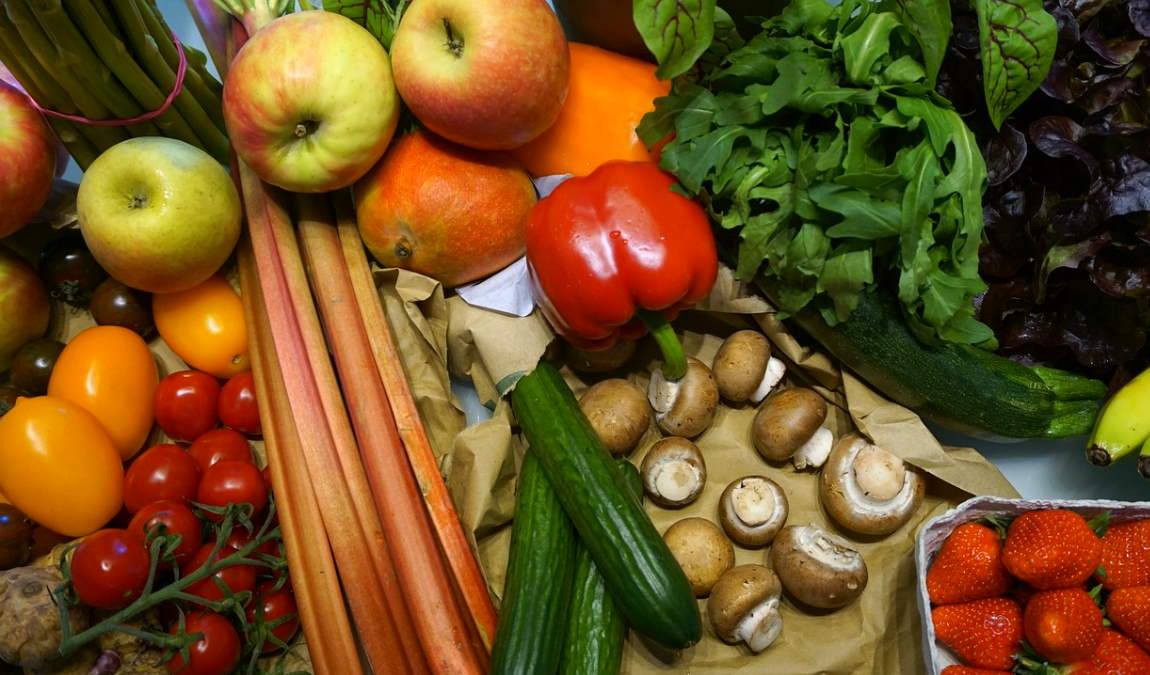In the modern world of food choices, the debate between organic and non-organic foods has gained significant attention. From concerns about pesticide residues to debates about nutritional content, consumers are faced with decisions that go beyond taste preferences. In this article, we’ll delve into the nuances of organic and non-organic foods, shedding light on the key aspects that shape our choices from farm to fork.
Table of Contents
The Organic Movement: What Does “Organic” Really Mean?

Defining Organic Farming Practices
Organic farming prioritizes sustainable and environmentally friendly practices. This section will explore the methods involved, such as avoiding synthetic pesticides and fertilizers.
Certifications and Standards
Understanding the certifications and standards that define organic farming helps consumers make informed choices about the products they purchase.
Nutritional Value: Is Organic Food Better?
Comparative Nutrient Content
Analyze studies comparing the nutrient content of organic and non-organic foods, examining whether the nutritional differences are significant.
Factors Influencing Nutritional Value
Explore the various factors that can influence the nutritional value of food, including soil health, farming practices, and post-harvest handling.
Pesticides and Chemicals: A Closer Look
Understanding Conventional Farming Practices
Examine the conventional farming practices that involve the use of synthetic pesticides and chemicals and their potential impact on food safety.
The Impact of Pesticide Residues
Discuss the potential risks associated with pesticide residues in non-organic foods and how they might affect consumer health.
Environmental Impact: Organic Farming’s Contribution

Soil Health and Conservation
Explore how organic farming practices contribute to soil health and conservation, promoting sustainable agriculture.
Reducing Pollution and Environmental Footprint
Highlight how organic farming helps reduce pollution and the overall environmental footprint compared to conventional methods.
Taste and Quality: Does Organic Food Taste Better?
The Role of Soil Quality
Examine how soil quality, enriched through organic farming, can influence the taste and overall quality of organic produce.
Flavor Profiles of Organic vs. Non-Organic Foods
Explore the differences in flavor profiles between organic and non-organic foods and whether these distinctions are significant to consumers.
Accessibility and Affordability: Debunking Common Myths
Dispelling Notions About Organic Food Costs
Challenge common misconceptions about the high costs of organic foods, exploring whether they are truly inaccessible to a broader population.
Making Organic Choices on a Budget
Provide practical tips for consumers on making organic choices even when budget constraints are a consideration.
Consumer Awareness: Making Informed Choices

Reading Labels and Understanding Terms
Guide consumers on how to read food labels and understand terms such as “organic,” “non-GMO,” and “natural.”
Identifying Genuine Organic Products
Help consumers differentiate between genuine organic products and misleading marketing tactics.
Supporting Local Agriculture: The Connection to Organics
Farmers’ Markets and Local Produce
Promote the benefits of supporting local agriculture through farmers’ markets and locally sourced produce.
Strengthening Community Ties
Discuss how choosing organic and local options can strengthen community ties and support regional economies.
Debunking Misconceptions: Common Myths About Organics

Addressing Misinformation About Organic Farming
Identify and address common misconceptions and misinformation circulating about organic farming practices.
Separating Fact from Fiction
Provide factual information to counter myths and help readers make informed decisions.
Balancing Perspectives: The Role of Both Organic and Non-Organic
Incorporating a Variety of Dietary Choices
Encourage a balanced approach to dietary choices by incorporating both organic and non-organic options.
Finding a Middle Ground
Highlight the importance of finding a middle ground that aligns with personal values, budget constraints, and health considerations.
Addressing Perplexity and Burstiness in Food Choices
Navigating the Complexities of Organic vs. Non-Organic Decision-Making
Acknowledge the complexity of the decision-making process and guide navigating the intricacies of food choices.
Encouraging Informed and Balanced Choices
Empower readers to make informed and balanced choices based on their individual preferences and values.
the choice between organic and non-organic foods involves considering various factors, including nutrition, environmental impact, taste, and accessibility. By understanding the nuances of these choices, consumers can make informed decisions that align with their values and contribute to a sustainable food system.





